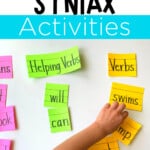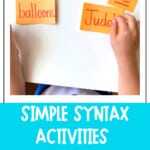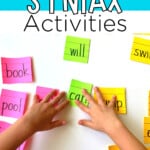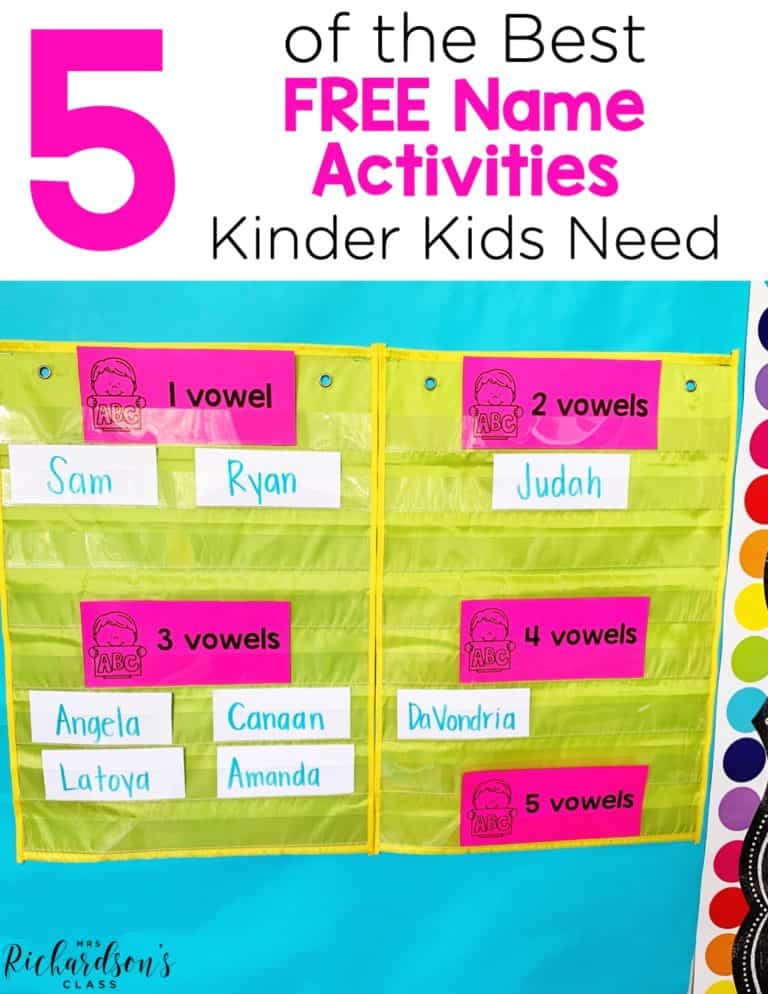

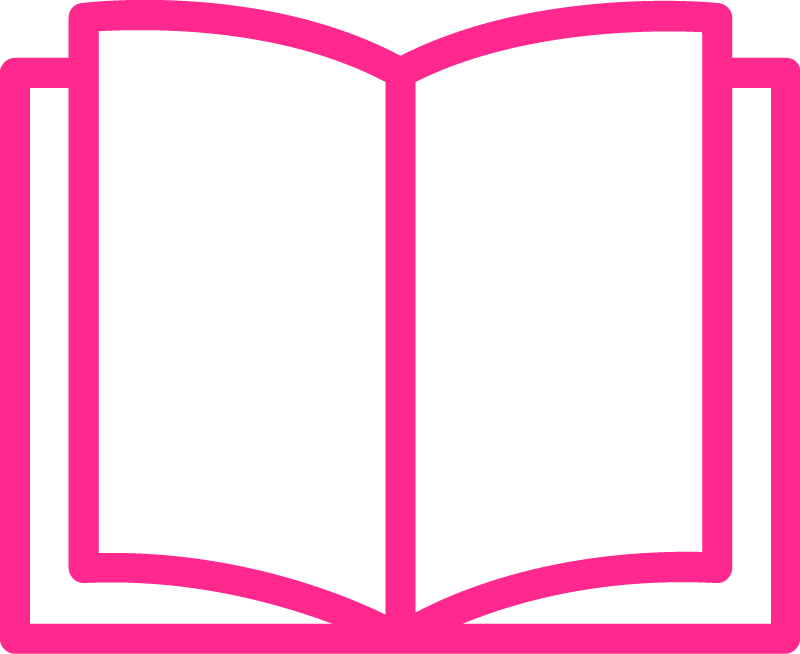
My two-year-old son asked me in the store, “Mommy, has I this new toy?” I responded, “Can you have this new toy?” “Yes,” he said. This is a funny story that happened to me, but it happens all the time with young children. They don’t know all the grammar rules yet or how to correctly structure a sentence. This is where syntax comes in!
Let’s chat about what syntax is, why it is important, and some activities you can try in the classroom to help your learners with it!
According to the Oxford Languages Dictionary, syntax is the arrangement of words and phrases to create well-formed sentences in a language. A simpler definition of syntax is that it is grammar and sentence structure. Syntax is how we form a sentence correctly.
You might be thinking “Oh pronouns, nouns and adjectives, right?” Those are definitely part of our instruction in syntax, but that is not all of our instruction. We also want students to know how to arrange and create a well-formed sentence. Syntax is one of the components of Structured Literacy that we want to teach explicitly.
Syntax is an important skill for students to develop in speaking, reading, and writing. Students have to know how to say and write a sentence that conveys meaning and is grammatically correct. It is also important in reading because it helps students make meaning of what they are reading. The key to mastering syntax is understanding sentence structure. We want students to understand and comprehend at the sentence level as a foundational reading skill.
Explicit instruction in syntax is so important! A lot of kids naturally pick up on how to correctly say a sentence, but it is also important to teach and model how to correctly form a sentence.
One easy activity is to create a model sentence and ask students questions about the sentence. You can use the 5 W’s to help ask questions. Who is the sentence about? What are they doing? You could also ask students to help you create and write a sentence by asking questions with the 5 W’s.
Another idea is a sentence scramble. You will need a few pre-written sentences that have been written on sentence strips and cut up. Grab one of the cut-up sentences and read the words aloud. Model thinking about how the sentence should go together. They could also create sentences with a partner on whiteboards.
Students can also practice putting some mixed-up sentences together with a partner. This is great for both whole group and small group instruction! It also would be a great literacy center!
Something a little more advanced is to discuss the parts of speech that we use to build sentences. Here I started simply with nouns, helping verbs, and verbs. We brainstormed a list of them together, and I gave the child the helping verbs we needed.
First, we sorted them. Then, we used them to build many different sentences. This also led to us talking about sentence structure and the use of capital letters and periods.
Are you looking for already-made phonics and word work activities for your students to explicitly practice skills like syntax? I have a Kindergarten Phonics Word Work Bundle and a First Grade Phonics Word Work Bundle for you!
These resources are jam-packed with activities that you can use in reading small groups, centers, morning work, or even intervention time. Syntax is covered in the first grade bundle! Check them out to learn more!
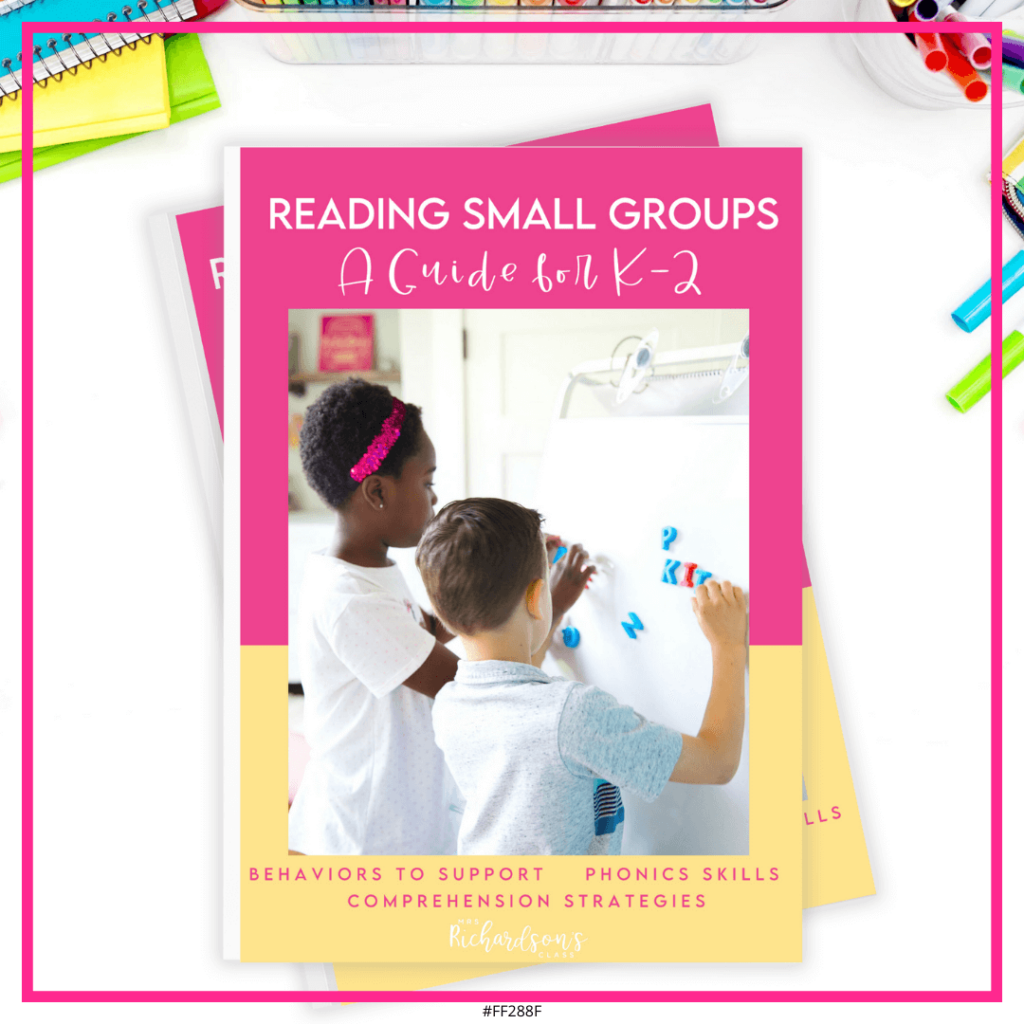
Want to use the latest research to boost your readers during small groups? This FREE guide is packed with engaging ideas to help them grow!
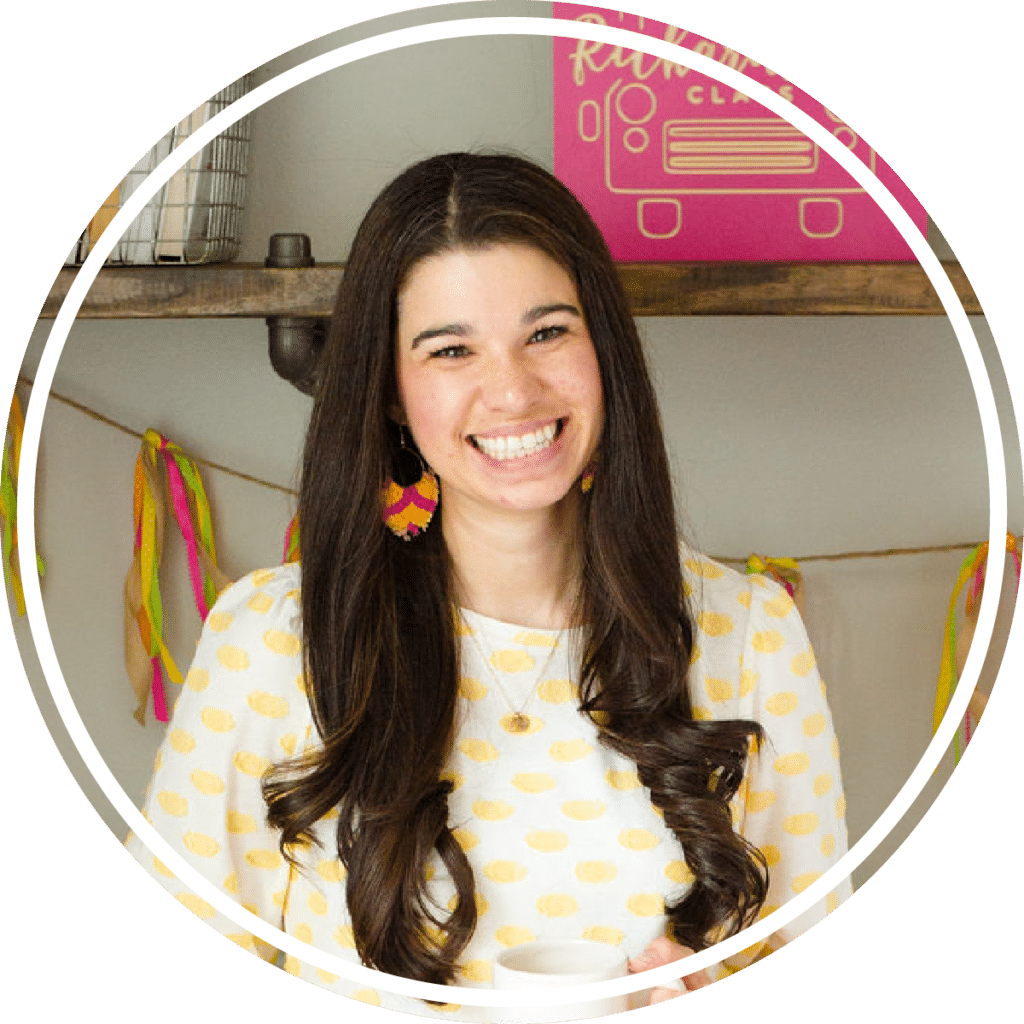
I’m a K-1 teacher who is passionate about making lessons your students love and that are easy to implement for teachers. Helping teachers like you navigate their way through their literacy block brings me great joy. I am a lifelong learner who loves staying on top of current literacy learning and practices. Here, you’ll find the tools you need to move your K-2 students forward!
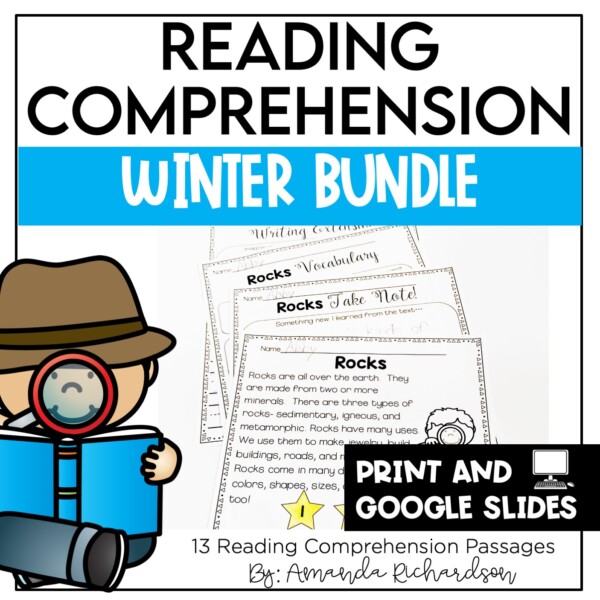
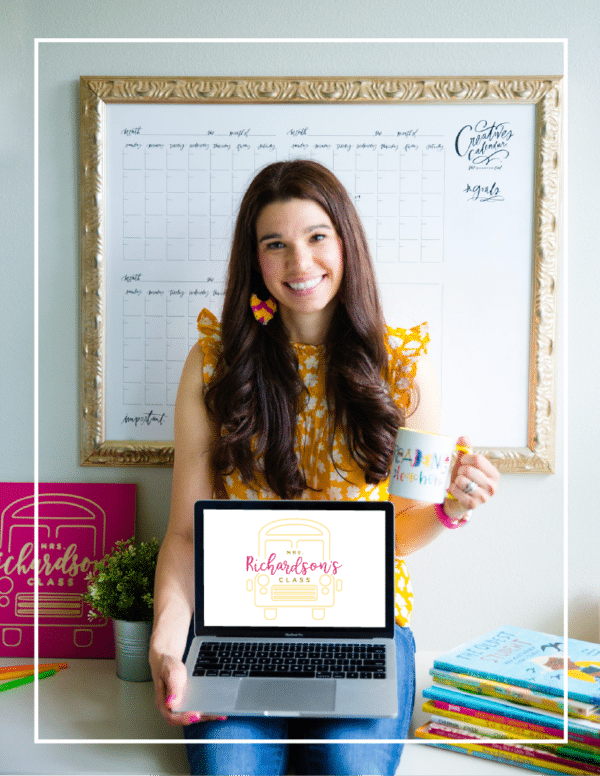
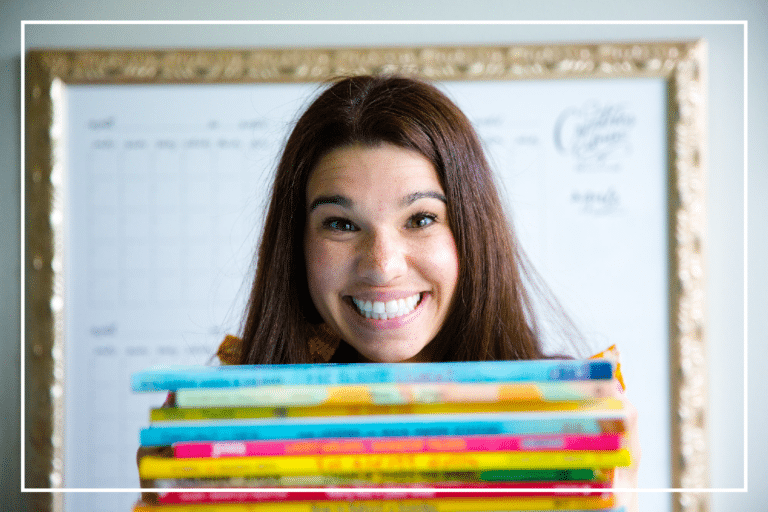
| Cookie | Duration | Description |
|---|---|---|
| cookielawinfo-checkbox-analytics | 11 months | This cookie is set by GDPR Cookie Consent plugin. The cookie is used to store the user consent for the cookies in the category "Analytics". |
| cookielawinfo-checkbox-functional | 11 months | The cookie is set by GDPR cookie consent to record the user consent for the cookies in the category "Functional". |
| cookielawinfo-checkbox-necessary | 11 months | This cookie is set by GDPR Cookie Consent plugin. The cookies is used to store the user consent for the cookies in the category "Necessary". |
| cookielawinfo-checkbox-others | 11 months | This cookie is set by GDPR Cookie Consent plugin. The cookie is used to store the user consent for the cookies in the category "Other. |
| cookielawinfo-checkbox-performance | 11 months | This cookie is set by GDPR Cookie Consent plugin. The cookie is used to store the user consent for the cookies in the category "Performance". |
| viewed_cookie_policy | 11 months | The cookie is set by the GDPR Cookie Consent plugin and is used to store whether or not user has consented to the use of cookies. It does not store any personal data. |
